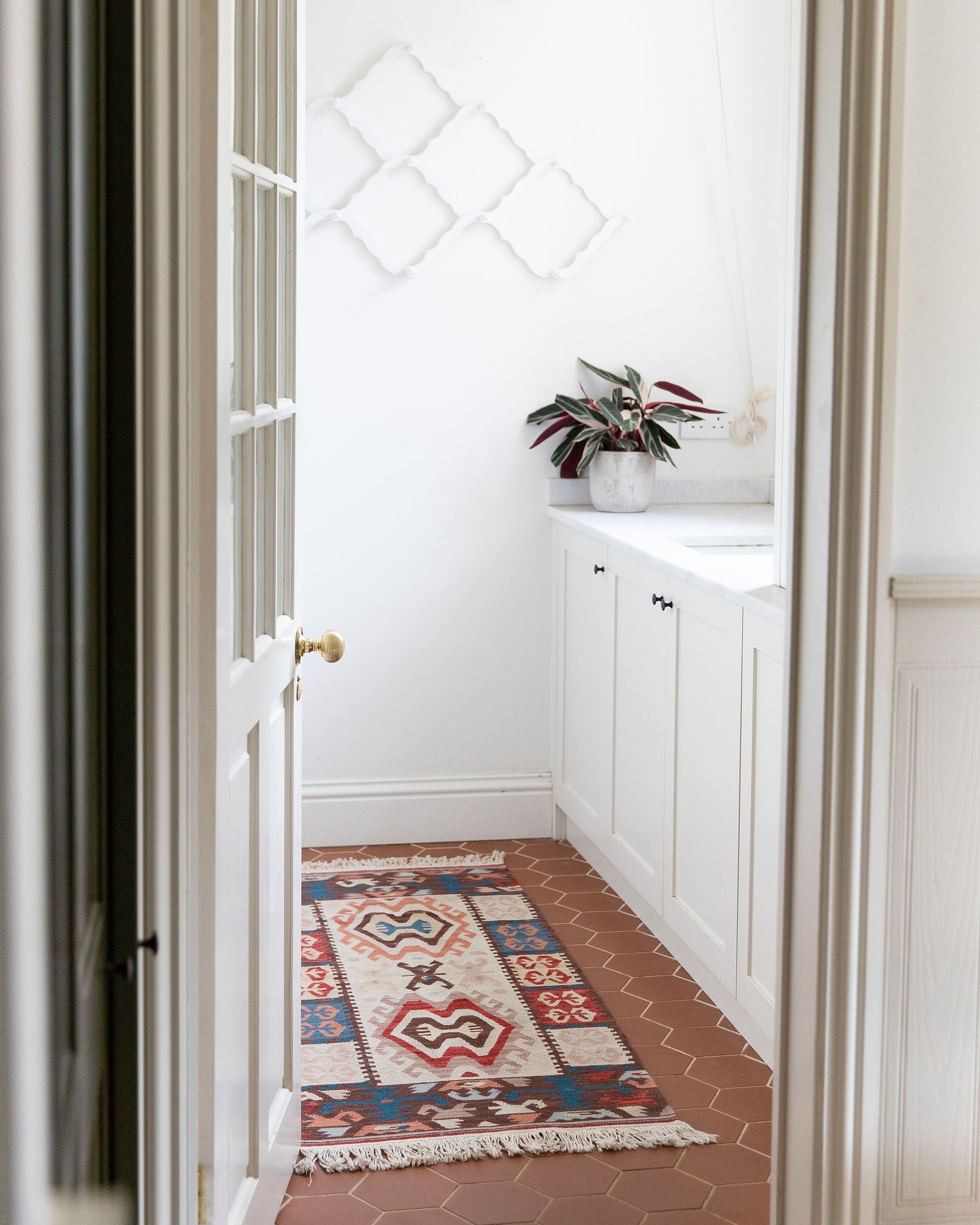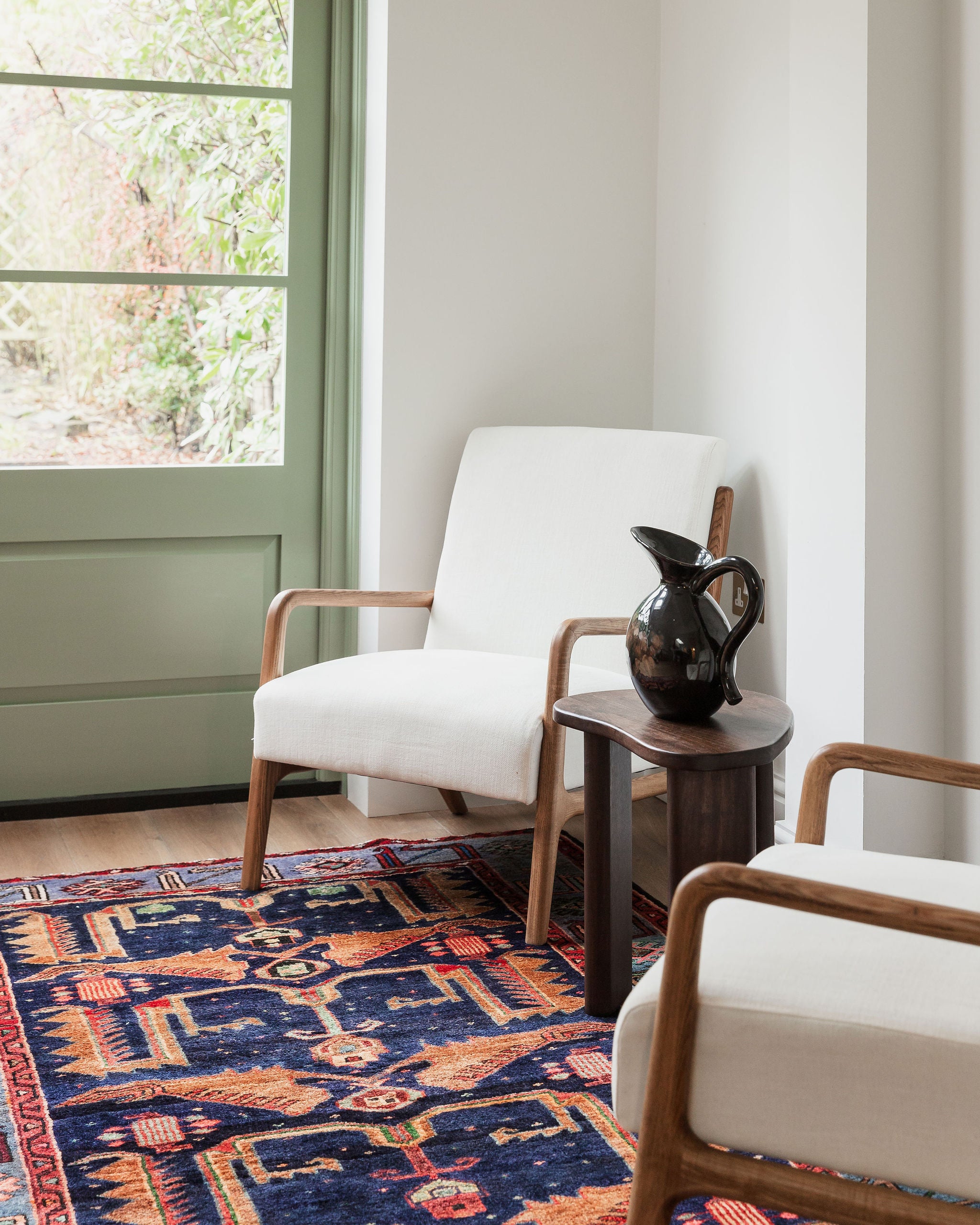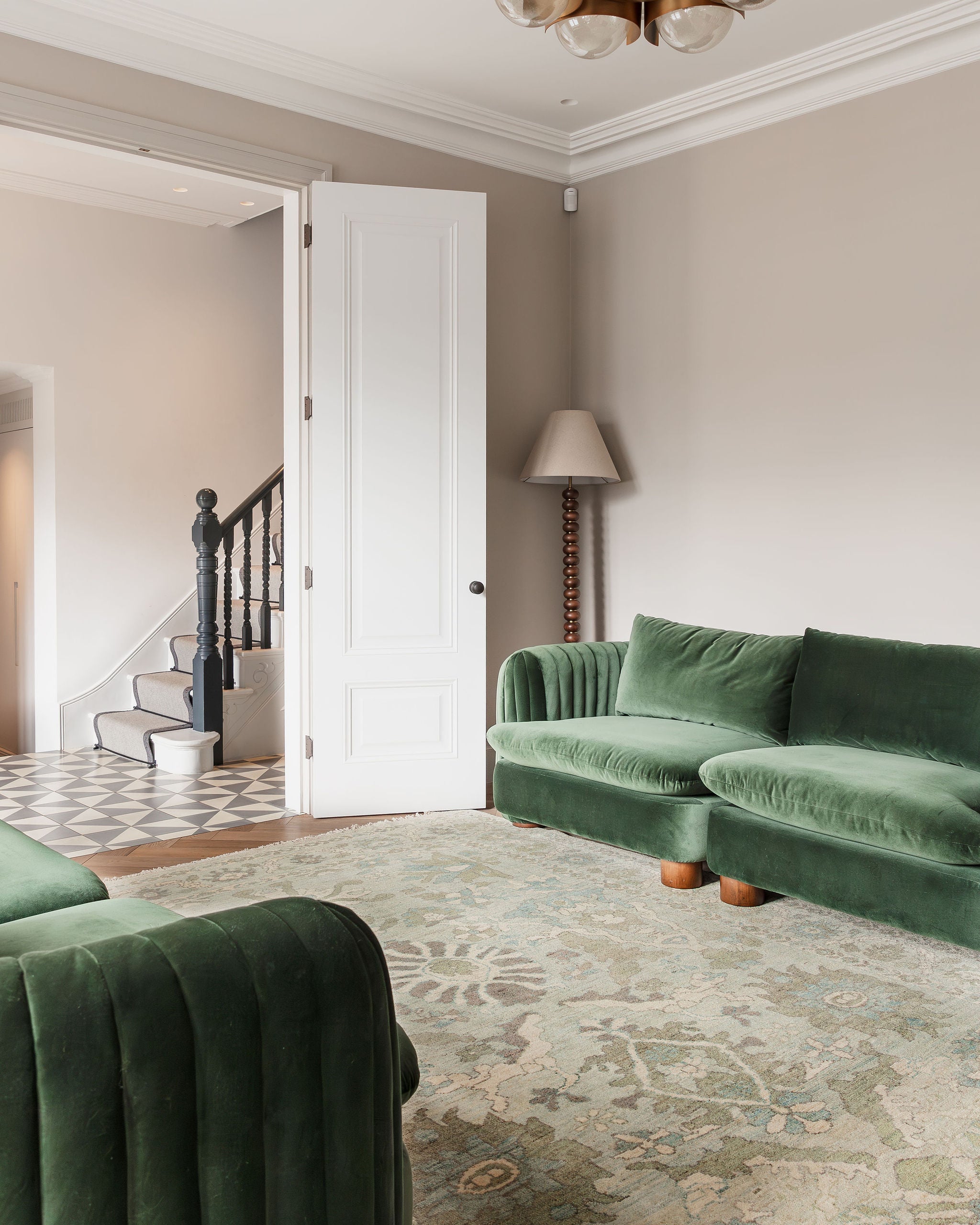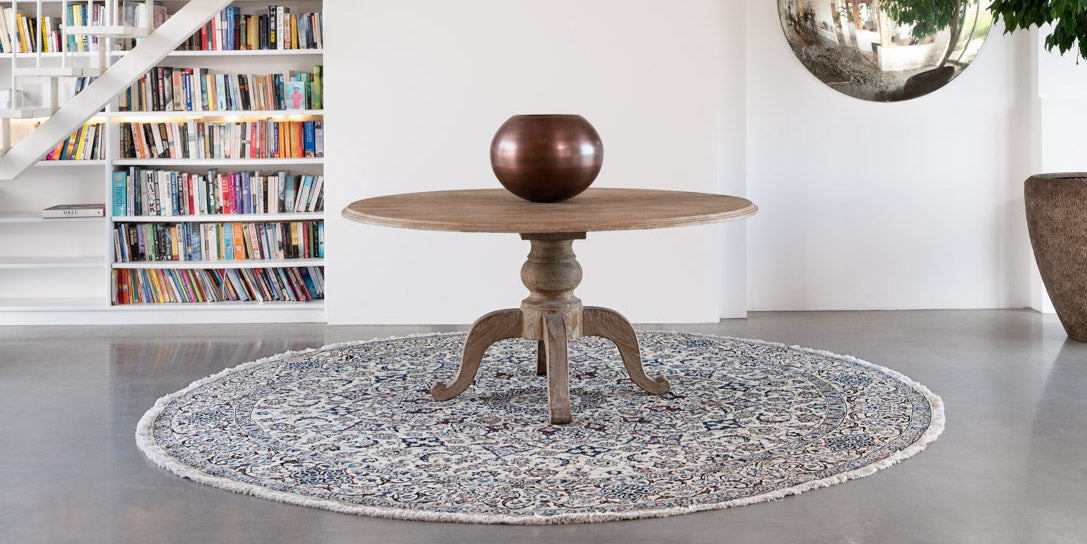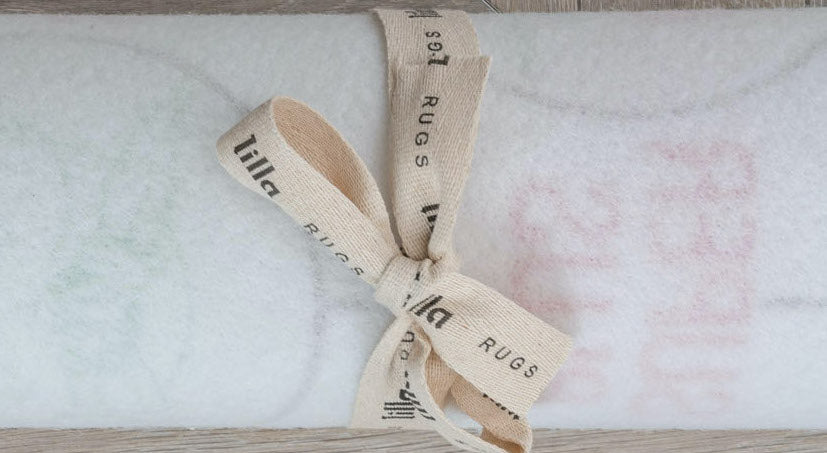Spotlight: Afghan Khal Mohammadi Rugs
Afghanistan's rug-making tradition is one of the most celebrated in the world, known for its intricate designs, rich colours, and exceptional craftsmanship. Among the many types of rugs produced in this region, the Khal Mohammadi rug stands out as a true masterpiece. With a history deeply intertwined with the culture and daily life of the Afghan people, these rugs are not just decorative items but also a symbol of a rich heritage passed down through generations.
Origins of Khal Mohammadi Rugs
The origins of the Khal Mohammadi rugs are somewhat shrouded in mystery, with various theories about their beginnings. However, what is well-known is that these rugs are named after a master weaver, Khal Mohammad, who was believed to have originated from northern Afghanistan. Khal Mohammad is credited with refining and popularising a particular style of rug weaving that combined the best of traditional Afghan motifs with his unique artistic vision.
These rugs are primarily woven by the Turkmen tribes in the northern regions of Afghanistan, especially around the cities of Kunduz and Mazar-e-Sharif. The Turkmen people have a long-standing tradition of rug weaving, and the Khal Mohammadi rugs are a testament to their skill and dedication to this craft.
Distinctive Features of Khal Mohammadi Rugs
Khal Mohammadi rugs are easily recognisable due to their distinct colour palette and patterns. The most common colours used are deep reds, often referred to as "blood" reds, and dark blues, which give these rugs a striking appearance. The dyes used are typically natural, derived from plants, roots, and insects, which not only enhance the rug's aesthetic appeal but also ensure its durability over time.
The patterns on Khal Mohammadi rugs are usually geometric, featuring repeating motifs such as octagons, diamonds, and stylized floral designs. These motifs are often symbolic, representing various aspects of Afghan culture, from protection and fertility to the beauty of nature. The intricate designs require a high level of skill and attention to detail, making each rug a unique piece of art.

The Weaving Process
The weaving of a Khal Mohammadi rug is a labour-intensive process that can take several months to complete, depending on the size and complexity of the design. The process begins with the preparation of the wool, which is often hand-spun and dyed using traditional methods. The wool is then woven onto a loom using a technique known as the "double knot," which gives the rug its characteristic thickness and durability.
Each knot is tied by hand, and the weaver carefully follows a mental blueprint or a rudimentary pattern to create the design. Unlike modern rug production, which often relies on machine weaving, Khal Mohammadi rugs are entirely handmade, ensuring that each piece is unique and of the highest quality.
Cultural Significance
Khal Mohammadi rugs are more than just decorative items; they are a reflection of the Afghan way of life. The rugs are often used in homes as a sign of wealth and status, and they play a crucial role in Afghan traditions and customs. For instance, rugs are often given as gifts during weddings and other important ceremonies, symbolising prosperity and good fortune.
The production of these rugs provides a vital source of income for many Afghan families, particularly in rural areas. In a country that has faced decades of conflict and economic hardship, the rug-making industry has remained a cornerstone of the Afghan economy, supporting thousands of artisans and their families.
Modern Relevance and Global Appreciation
In recent years, Khal Mohammadi rugs have gained international recognition for their beauty and craftsmanship. Collectors and interior designers around the world appreciate these rugs for their rich history, distinctive designs, and the skill that goes into making them. As a result, they have become highly sought after in global markets, with buyers willing to pay a premium for authentic, handmade pieces.
Despite the challenges posed by modernity, the tradition of making Khal Mohammadi rugs has endured, largely due to the dedication of Afghan artisans who continue to pass down their skills to younger generations. Today, these rugs serve as a bridge between the past and the present, a tangible connection to Afghanistan's cultural heritage.

Rugs (left to right) TRINI, AFIA, JOSIE.
Khal Mohammadi rugs are not just rugs; they are a celebration of Afghan culture, history, and craftsmanship. Each rug tells a story, woven into the fabric by skilled hands that have inherited a tradition dating back centuries. As these rugs continue to adorn homes around the world, they serve as a reminder of the enduring beauty and resilience of Afghan art and tradition. Whether you are a collector, a history enthusiast, or simply someone who appreciates fine craftsmanship, a Khal Mohammadi rug is a piece of history that you can treasure for a lifetime.


